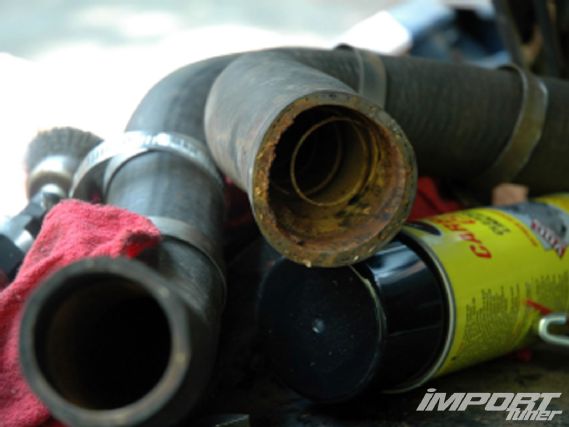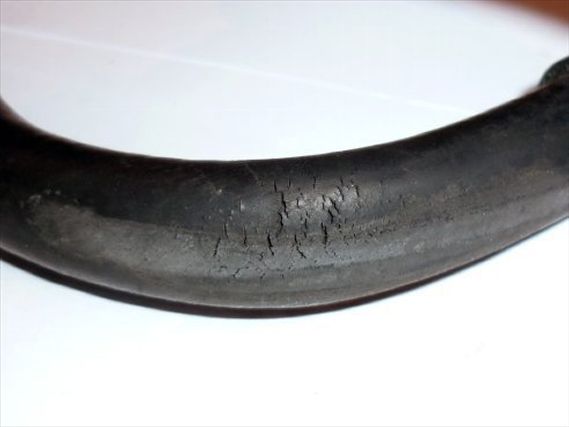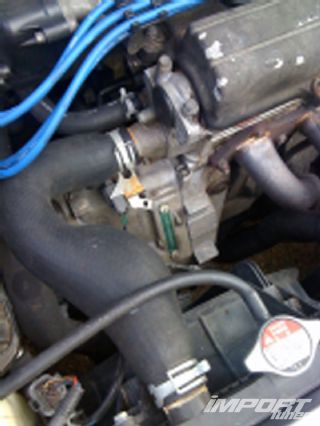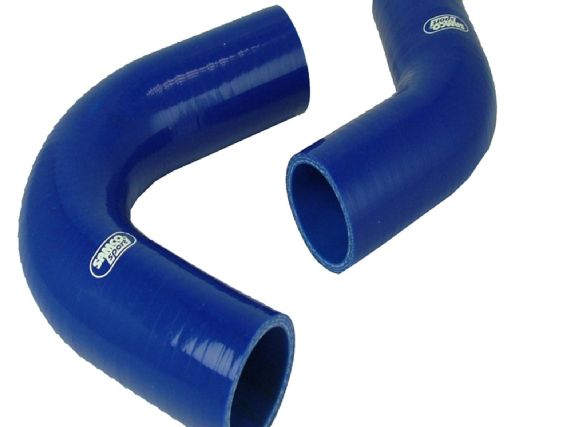With the summer days upon us, your engine’s cooling system should be inspected, flushed, and refilled with fresh coolant. One area of cooling systems that even do-it-yourself mechanics overlook is checking the radiator hoses. A quick visual inspection could uncover a weakened hose that could leave you stranded if remained unrepaired. If you’ve never inspected radiator hoses, we offer this simple guide.
 |
Radiator Hose Inspection - Tricks of the Trade
|
Radiator Hose Inspection - Tricks of the Trade
1. Upper and lower radiator hoses, along with the heater hoses, should be checked for deterioration, leaks, and/or loose hose clamps every 3,000 miles. When checking the hoses, make sure the engine and cooling system are cold. Begin by visually inspecting for cracking, rotting, or collapsed hoses. Firmly squeeze both the upper radiator and heater hoses. They should feel firm, stiff, and rigid. A hose that feels very hard or makes a “crunch” when squeezed is an indication of age-related hardening or deterioration and should be replaced immediately. Oil is another enemy of rubber hoses. A swollen, soft, or spongy hose could be caused by transmission fluid leaking in the coolant or an internal engine oil leak breaking down the composition of the rubber hose.
 |
Radiator Hose Inspection - Tricks of the Trade
|
Radiator Hose Inspection - Tricks of the Trade
2. Next, you want to finish inspecting your car’s hoses with a warm engine. After driving the car, turn off the engine and immediately open the hood. If a weak, swollen, or ballooning effect is present on any part of the hose, it should be replaced.
 |
Radiator Hose Inspection - Tricks of the Trade
|
Radiator Hose Inspection - Tricks of the Trade
You also want to look for small, damp spots or trails of coolant at the hose ends. Dry coolant tracks, often greenish or pink in color, depending on the type of coolant, leaking downward from the hose ends, thermostat housing, firewall, or radiator, may indicate a damaged radiator neck, or a leak caused from a hose clamp that was overtightened, causing the hose to separate and tear on either side of the clamp.
3. Silicone hoses such as Samco Sport’s are an excellent replacement, and are designed to operate at much higher temperatures and pressures, are chemically resistant to oil and fuel, and are more durable than OEM rubber hoses.
 |
Radiator Hose Inspection - Tricks of the Trade
|
Radiator Hose Inspection - Tricks of the Trade
Following these simple inspection tips only takes a few minutes, and can save you a great deal of stress and costly repairs in the long run.
